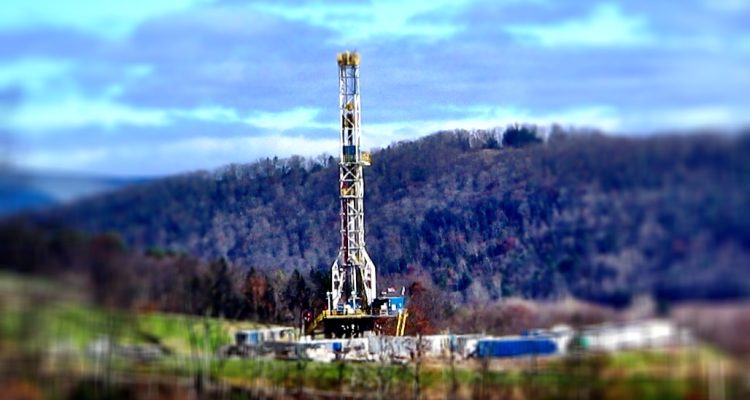By Ashton Marra
West Virginia Public Radio and Weelunk.com
Listen to the story here:
State lawmakers were updated Monday morning on a study the Department of Environmental Protection began earlier this year. That study focuses on the level of radioactive material in drill cuttings from horizontal fracking sites.
The West Virginia DEP has tested 15 sites for levels of radioactivity in drilling waste. The test sites included Wetzel County’s landfill, an Ohio water treatment plant, and multiple drilling sites in counties in North Central West Virginia.
Mike Dorsey is the director of Emergency Response and Homeland Security for the DEP and presented the report to members of the Joint Judiciary Committee. He said while both the report and suggested rule haven’t been finalized, their test results so far are fairly consistent.
“Are these cuttings radioactive? Yes, they are at very low levels,” he told lawmakers.
Dorsey said all of the samples tested positive for radium and potassium, but at levels so low they present no harm to people or the environment.
“If you took the highest number we found and were exposed to it 24 hours a day, seven days a week, 365 days a year,” he said, “you’d still only get to a quarter of the permissible exposure.”
According to Dorsey, West Virginia’s results are similar to those Pennsylvania officials are finding as they test for radioactivity in drilling waste. That state is also studying fracking waste to regulate its disposal, but has pushed back the deadline for its final findings.
Right now, six landfills in West Virginia are accepting drilling waste: Brooke County Landfill, Wetzel County Landfill, Meadowfill Landfill in Harrison County, Northwestern Landfill in Wood County and Short Creek Landfill in Ohio County.
S&S Landfill in Harrison County was accepting the waste until August of this year.
Dorsey said the radiation detectors required for those landfills haven’t been installed yet, but the DEP is working to finish the installations along with setting the limits for the level of radiation that will be permitted.
Those limits are expected to be finalized by January.




